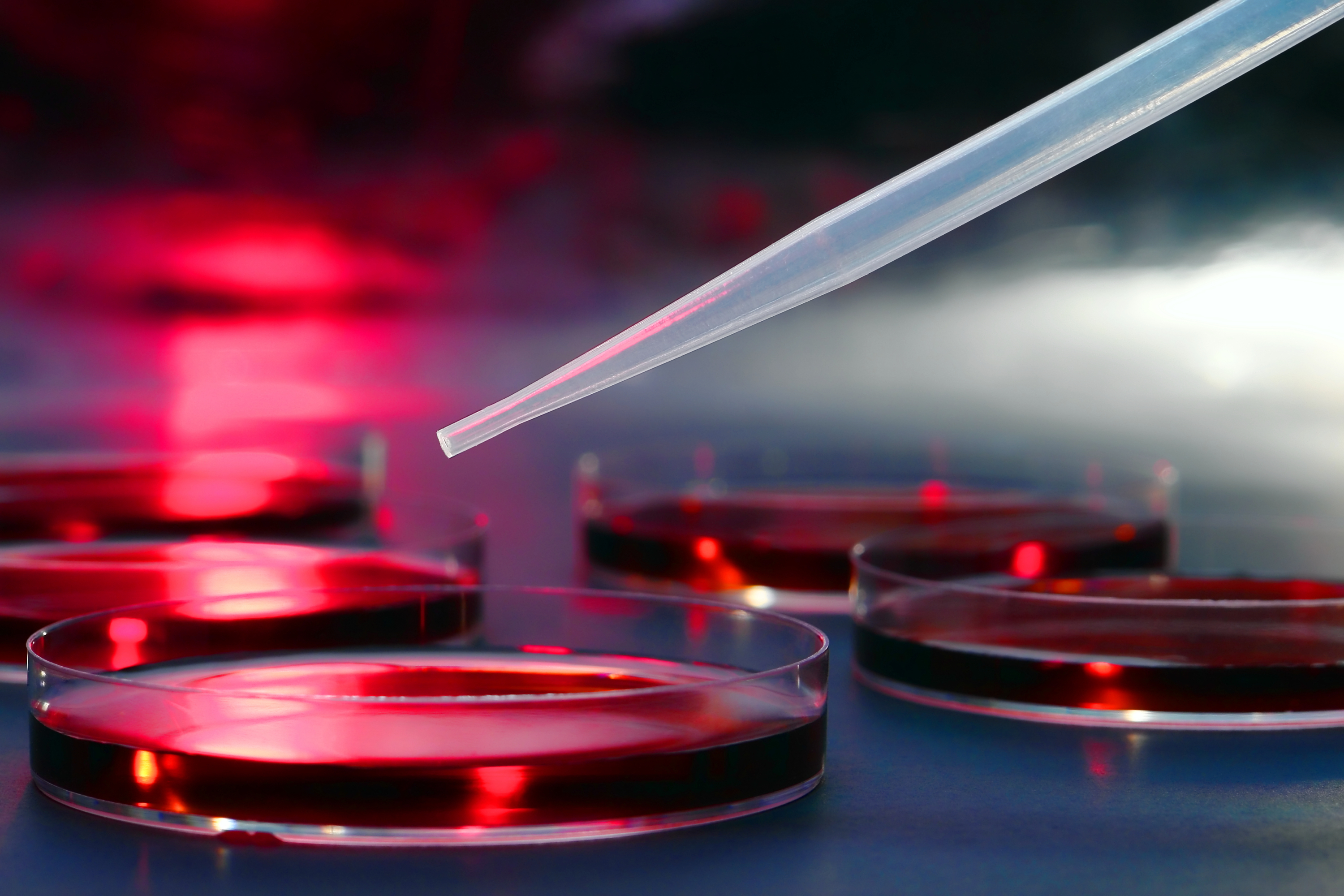Interaction of Cells in Lung Vasculature Focus of New Pulmonary Fibrosis Research

An interaction between cells in the lungs’ vasculature appears to spur tissue regeneration and is a potential target for therapies against fibrosis, according to a study titled “Targeting of the pulmonary capillary vascular niche promotes lung alveolar repair and ameliorates fibrosis,” published in the journal Nature Medicine.
Lungs, as a result of their function, are frequently exposed to infectious or noxious environmental cues that induce injury. But the lungs are capable of undergoing facultative regeneration. Lung cells called fibroblasts produce extracellular matrix and collagen, the structural foundation for animal tissues, to induce wound healing. Production of this extracellular matrix has to be a controlled and balanced process, because uncontrolled synthesis results in scar formation and fibrosis, severely impairing pulmonary function.
Pulmonary capillary endothelial cells (PCECs, the cells lining the vessels within the pulmonary circulatory system) are important players regulating lung function and the production of paracrine factors that stimulate the propagation of alveolar progenitor cells. Since PCECs are in closed proximity to the majority of alveolar fibroblasts, researchers hypothesized that PCECs may also regulate fibroblasts and their interaction during lung repair.
Researchers induced lung injury in mice through intratracheal administration of bleomycin or hydrochloric acid, and observed that repetitive lung injury activates PCECs and perivascular immune macrophages, and that this activation impaired repair and promoted fibrosis. The team discovered that lung injury reduced the expression of the chemokine receptor CXCR7 in PCECs, implying a protective function for PCEC CXCR7. In fact, the team discovered that local infusion of the CXCR7 agonist TC14012 after the third bleomycin injection reduced collagen deposition and prevented alveolar epithelial damage.
The team performed further studies and found that reduced CXCR7 expression leads to the upregulation of a known pro-fibrotic factor, the Notch ligand Jagged1 (Jag1) in PCECs, and subsequently stimulates a signaling pathway that contributes to fibrosis.
By targeting PCECs Jag1 or administrating a CXCR7 agonist after lung injury, researchers promoted alveolar repair and reduced fibrosis.
In conclusion, the results indicated that chronic lung injury suppresses the protective role of CXCR7 in PCECs, leading to a perpetual production of the pro-fibrotic endothelial signal, Jag1, blocking epithelial lung repair. Therefore, targeting this niche is a potential therapy for lung fibrosis.






